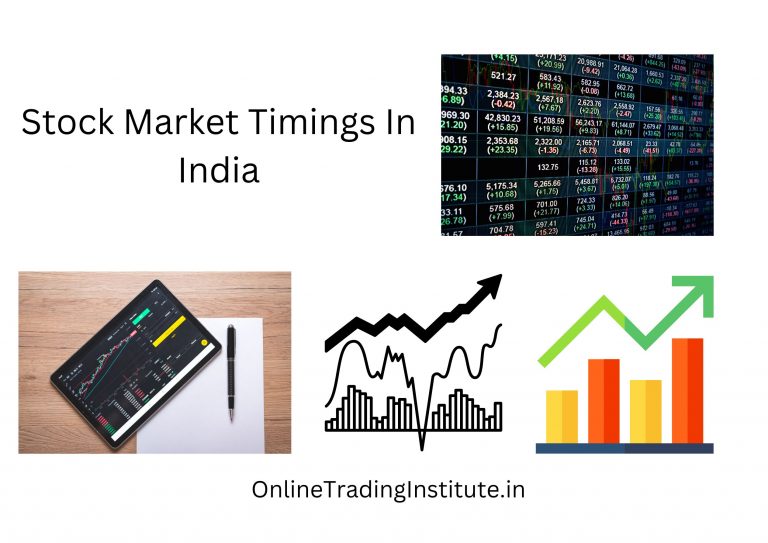WPI Inflation Hits 4-Month Low: What It Means for Your Wallet and the Market
India’s WPI Inflation Drops: A Silver Lining or Storm Before the Surge?
India’s wholesale inflation, officially measured by the Wholesale Price Index (WPI), dipped to a four-month low of 2.05% in March 2025, giving some temporary relief to policymakers and market watchers. While on the surface this slowdown seems like good news, let’s unpack the numbers and understand the broader implications for the Indian economy and financial markets.
Slower Food Price Rise: What It Means for Indian Households and Investors
One of the main reasons for this decline in WPI inflation is the easing food prices, especially vegetables. In March, wholesale food inflation cooled down to 4.66% from 5.94% in February, while vegetable prices fell by a steep 15.88%, thanks to better crop yields and improved logistics.
This decline in food inflation is a breather for common households, especially during the post-festival season when expenses tend to spike. However, investors should take note that this could influence short-term consumption trends and rural demand patterns. With more money left in the hands of consumers, FMCG and retail sectors might see a mild uptick in demand.
RBI Rate Cuts and Growth Concerns: Reading Between the Lines
Last week, the Reserve Bank of India (RBI) cut the repo rate for the second time this year, signalling that the central bank is prioritising growth recovery over inflation control. It also revised the GDP forecast downward to 6.5%, reflecting caution amid global headwinds and domestic structural challenges.
While a lower repo rate generally stimulates lending and boosts investment, the RBI’s cautious tone hints at underlying economic vulnerabilities. Investors must stay alert to global market trends, especially crude oil prices and geopolitical tensions, which could impact inflation in the coming quarters.
Additionally, RBI’s mention of weather-related disruptions as an inflationary threat points towards the crucial role of this year’s monsoon forecast, which the IMD is expected to release shortly. A poor monsoon could reverse the current easing trend in food prices, hitting both rural incomes and inflation targets.
What the WPI Data Means for the Indian Economy and Equity Markets
WPI inflation is closely monitored as it reflects producer-level price pressures, impacting everything from raw materials to manufactured goods. In March, the prices of manufactured products—making up 64% of the WPI basket—rose by 3.07%, slightly up from February’s 2.86%. This shows moderate but persistent input cost pressure for businesses.
At the same time, fuel and power prices edged up by just 0.20%, compared to a decline last month. This marginal increase suggests some stability in global energy markets, although it’s too early to cheer just yet.
For equity markets, the softer WPI reading could be seen as positive news, especially for interest rate-sensitive sectors like banking, auto, and real estate. However, the long-term outlook remains clouded by external risks and domestic structural reforms.
Final Thoughts: Keep an Eye on the Bigger Picture
While the drop in wholesale inflation is encouraging, the road ahead remains bumpy. Global uncertainties, erratic weather, and domestic demand constraints could pose challenges. Long-term investors should stay diversified and monitor macroeconomic indicators closely, including upcoming CPI data and monsoon forecasts.
For traders, the easing WPI figures might open short-term opportunities, especially in interest-rate sensitive sectors and consumer stocks. However, a cautious approach with proper risk management is essential.
Disclaimer: The views and investment insights provided here are based on publicly available information and do not constitute financial advice. Readers are advised to conduct their own research or consult certified financial experts before making investment decisions.




